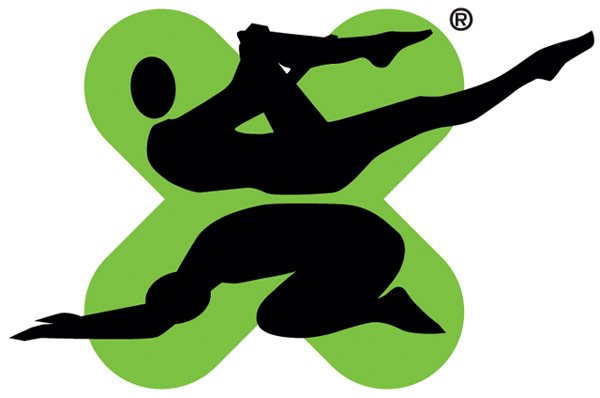The Principals of Pilates

Before you begin the exercises, it is important to understand the theory that underlies the Pilates method. There are eight essential principles to bear in mind when you exercise which we will address in turn.
1) RELAXATION. You may arrive at a session stressed & with undue tension held in your body. By learning to recognize areas of tension, relaxing the body and letting go of any tension before you start each exercise you will be able to hold yourself in the correct position and perform the movements more effectively.
2) CONCENTRATION. Pilates teaches you to be mindful of your body and its movements. You have to be constantly and consciously aware of what you are doing during each exercise rather than just ‘do’. A failure to concentrate will result in loss of alignment or use of the wrong or ‘cheating’ muscles.
3) ALIGNMENT. We aim to promote ‘good posture’ and help realign the body. We aim to restore natural, ‘neutral’ alignment and great attention is paid to correct alignment in particular that of the spine, pelvis & shoulder girdle so that the trunk muscles are strengthened at their optimum length & position. By correctly aligning the body & bring all the joints into their natural, neutral positions, sound recruitment patterns are encouraged & joints remain healthy & stress free.
4) CENTRING. Core stability – the creation of a ‘girdle of strength’ is one of the main aims of Pilates, & abdominal training is guaranteed with every exercise. We are aiming for an internal mattress button effect – the drawing of the lower abdominals back to support the spine and to achieve a strong center from which movements can take place (helping to protect the spine from injury). The muscles of the pelvic floor should be simultaneously engaged – a drawing up of the pelvic floor as if preventing the flow of urine. The proper initiation of the deep internal muscles of the abdomen to stabilize the lower spine & pelvis are reinforced with every exercise, so that this becomes automatic & hopefully applied to everyday life.
5) BREATHING. Most people breathe too shallowly in the upper chest or throw out the lower abdominals. The deep abdominal breathing practiced in yoga is wonderful for relaxation but not applicable to Pilates as it is inhibited by the use of the core abdominal muscles. It is impossible to keep a strong center & to practice deep abdominal breathing at the same time. In Pilates we teach lateral or thoracic breathing, maximizing expansion of the ribcage & lower lungs. You will be encouraged to breathe into your sides & back whilst maintaining core stability. It is a very efficient way of breathing, also promoting flexibility in the upper body. Pilates also uses breathing to help the movements, excessive tension is avoided by not holding the breath & encouraging relaxing into a stretch.
6) CO-ORDINATION. You will learn to co-ordinate breathing & centering with movements, gradually moving on to more challenging sequences but always with the core stabilized and correctly aligned. Co-ordination skills are finely tuned as the mind & body work together to perform more advanced exercises.
7) FLOWING MOVEMENTS. All Pilates movements are controlled, graceful & flowing, lengthening outwards from a strong center. This greatly reduces the risk of injury. Muscles are worked with control through their full range of movement using concentric, eccentric & isometric exercises, resulting in long, lean muscles with greater strength through their entire range. Control is paramount - you will find it is harder to perform an exercise slowly!
8) STAMINA. Pilates is not an aerobic workout, although some advanced sequences can be. We recommend complementing Pilates with some aerobic exercise. You should, however, notice an increase in stamina, in particular in the postural muscles which will have greatly improved endurance as a result of the stabilizing work.

<< Home